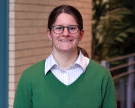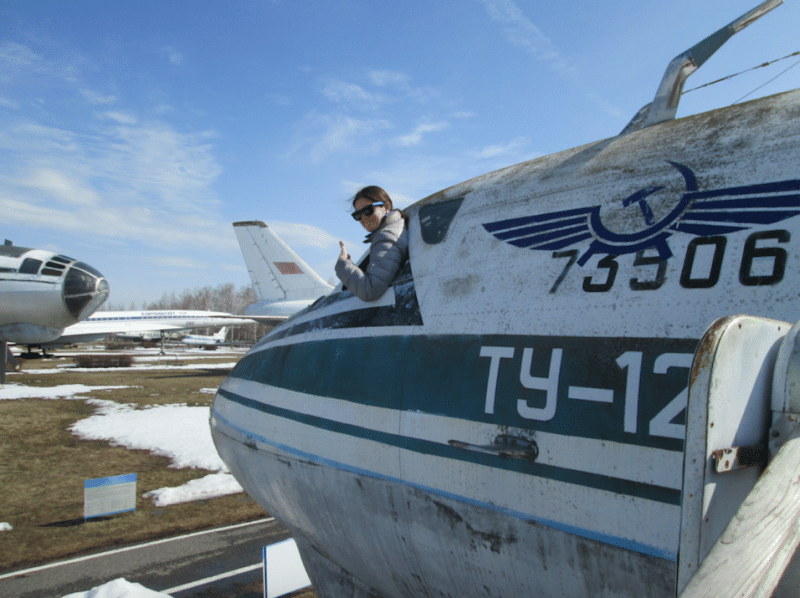
Susan Grunewald
Ph.D. Candidate in History, Carnegie Mellon U
When did you first develop an interest in Slavic, East European, and Eurasian Studies?
After watching an episode of The Simpsons in middle school in which Lenin rises from his tomb and Russia declares itself to be the Soviet Union once again, I finally became interested in my Russian heritage. My paternal great-grandfather served in both the Russian Army during the First World War and the White Army during the Russian Civil War. My great-grandparents, great-aunts, and grandmother were then evacuated with Wrangel’s Fleet. This interest led me to take a year of basic Russian in high school. The class quickly became my favorite subject, and I decided that I wanted to major in Russian Studies in college, which I did at Lafayette College in Easton, PA. While at Lafayette, I wrote an honor’s thesis on the development of the Soviet automotive industry, which combined my passions of Russian history and automobiles.

I was lucky to spend the year after college as a Fulbright English Teaching Assistant at the Ulyanovsk State Technical University (Политех лучше всех!). As I spent the year teaching English in Lenin’s hometown, I realized that I enjoyed teaching, but that I did not want to continue to teach English abroad. Instead, what I found the most rewarding were discussions with my students about history, especially when I got to discuss the history of their country. Upon return to the USA, I began the process of applying to history Ph.D. programs in hopes of becoming a professor of Russian and Soviet history.
What research did you conduct with the CTDRF?
In fall 2013, I enrolled at Carnegie Mellon University. My dissertation project, on German prisoners of war (POWs) in the USSR from 1941-1956, was sparked by my time in Ulyanovsk. One of the university buildings had been constructed by the POWs, and I wanted to know why that was the case given that there was no fighting in the city itself during the war. Indeed, it turns out that there were thousands of POW labor camps across the entire USSR and that the POWs had worked in a variety of industrial sectors during and after the war. I spent the 2016-2017 academic year as an ASEEES Cohen-Tucker Dissertation Research Fellow researching this topic in the archives of Moscow (GARF, RGVA, RGAE, RGASPI, RGALI, and AVP RF) and Ulyanovsk (GANI UO). My Cohen-Tucker archival research complements my A.W. Mellon Digital Humanities Fellowships from Carnegie Mellon. A major subset of my dissertation, I have been using the GIS software ArcGIS to produce a series of maps that plot the locations of the 4,000 plus German POW labor camps in relation to Soviet resource deposits, infrastructure, and industrial centers in order to make argument that the Soviets chose to initially detain the POWs for economic motives, though the men became pawns in the burgeoning Cold War during the last years of their captivity.
Besides your professional work, what other interests and/or hobbies do you enjoy?
Outside of my academic research, I devote a considerable about of free time and brain space to cars. I am a fanatic of 1970s and 1980s Mercedes, primarily diesels, as well as Soviet autos. I aspire to one day own an UAZ 469 jeep, which are manufactured in my beloved Ulyanovsk. I am also passionate about martial arts, which I have been training in for 20 years. I hold a third-degree black belt in Tang Soo Do and a first-degree black belt through the World Taekwondo Federation. I had the privilege of practicing Taekwondo in Russia for one year with Ulyanovsk Club Tiger and one year at the School of Olympic Reserve No. 41 in Moscow. At Carnegie Mellon, I am the logistics officer for our Taekwondo club.
